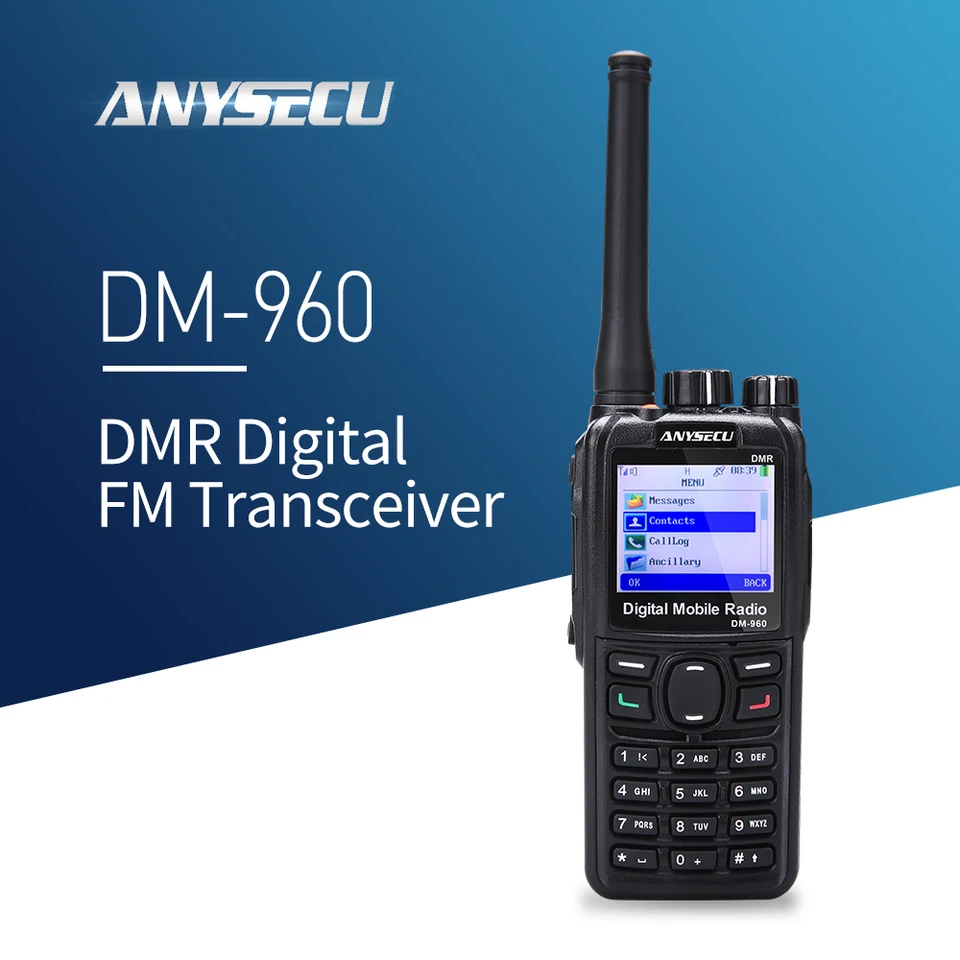2 Slot Tdma
On low speed 250kbit/s VSAT return links, with perhaps 2 to 50 sites sharing, and used for internet browsing and emails, the TDMA frame period is typically 500mS. TDMA burst time plan. The allocation of bursts to time slots within the TDMA frame is the burst time plan. As shown above the plan is: VSAT site 1 start 0 mS, time allocated 180 mS. P25 phase 2 TDMA characteristics The physical layer for TDMA was published in July of 2009 and was followed by the TDMA Media Access Control Layer description in December of 2010. Also developed by the standards group was the two-slot TDMA Receiver Measurement Methods, which was published in August of 2011. P25 TDMA Modulation Schemes.
- CDMA Tutorial
- CDMA Questions & Answers
- CDMA Useful Resources

- Selected Reading

Time Division Multiple Access (TDMA) is a digital cellular telephone communication technology. It facilitates many users to share the same frequency without interference. Its technology divides a signal into different timeslots, and increases the data carrying capacity.
TDMA Overview
Time Division Multiple Access (TDMA) is a complex technology, because it requires an accurate synchronization between the transmitter and the receiver. TDMA is used in digital mobile radio systems. The individual mobile stations cyclically assign a frequency for the exclusive use of a time interval.
In most of the cases, the entire system bandwidth for an interval of time is not assigned to a station. However, the frequency of the system is divided into sub-bands, and TDMA is used for the multiple access in each sub-band. Sub-bands are known as carrier frequencies. The mobile system that uses this technique is referred as the multi-carrier systems.
In the following example, the frequency band has been shared by three users. Each user is assigned definite timeslots to send and receive data. In this example, user ‘B’ sends after user ‘A,’ and user ‘C’ sends thereafter. In this way, the peak power becomes a problem and larger by the burst communication.
FDMA and TDMA
This is a multi-carrier TDMA system. A 25 MHz frequency range holds 124 single chains (carrier frequencies 200) bandwidth of each kHz; each of these frequency channels contains 8 TDMA conversation channels. Thus, the sequence of timeslots and frequencies assigned to a mobile station is the physical channels of a TDMA system. In each timeslot, the mobile station transmits a data packet.

The period of time assigned to a timeslot for a mobile station also determines the number of TDMA channels on a carrier frequency. The period of timeslots are combined in a so-called TDMA frame. TDMA signal transmitted on a carrier frequency usually requires more bandwidth than FDMA signal. Due to the use of multiple times, the gross data rate should be even higher.
Advantages of TDMA
Here is a list of few notable advantages of TDMA −
Permits flexible rates (i.e. several slots can be assigned to a user, for example, each time interval translates 32Kbps, a user is assigned two 64 Kbps slots per frame).
Can withstand gusty or variable bit rate traffic. Number of slots allocated to a user can be changed frame by frame (for example, two slots in the frame 1, three slots in the frame 2, one slot in the frame 3, frame 0 of the notches 4, etc.).
No guard band required for the wideband system.
No narrowband filter required for the wideband system.

Disadvantages of TDMA
Decoding P25 With SDR#, DSD, And RTLSDR #2
The disadvantages of TDMA are as follow −
Emission Designator - The RadioReference Wiki
High data rates of broadband systems require complex equalization.
Due to the burst mode, a large number of additional bits are required for synchronization and supervision.
Call time is needed in each slot to accommodate time to inaccuracies (due to clock instability).
Electronics operating at high bit rates increase energy consumption.
Complex signal processing is required to synchronize within short slots.